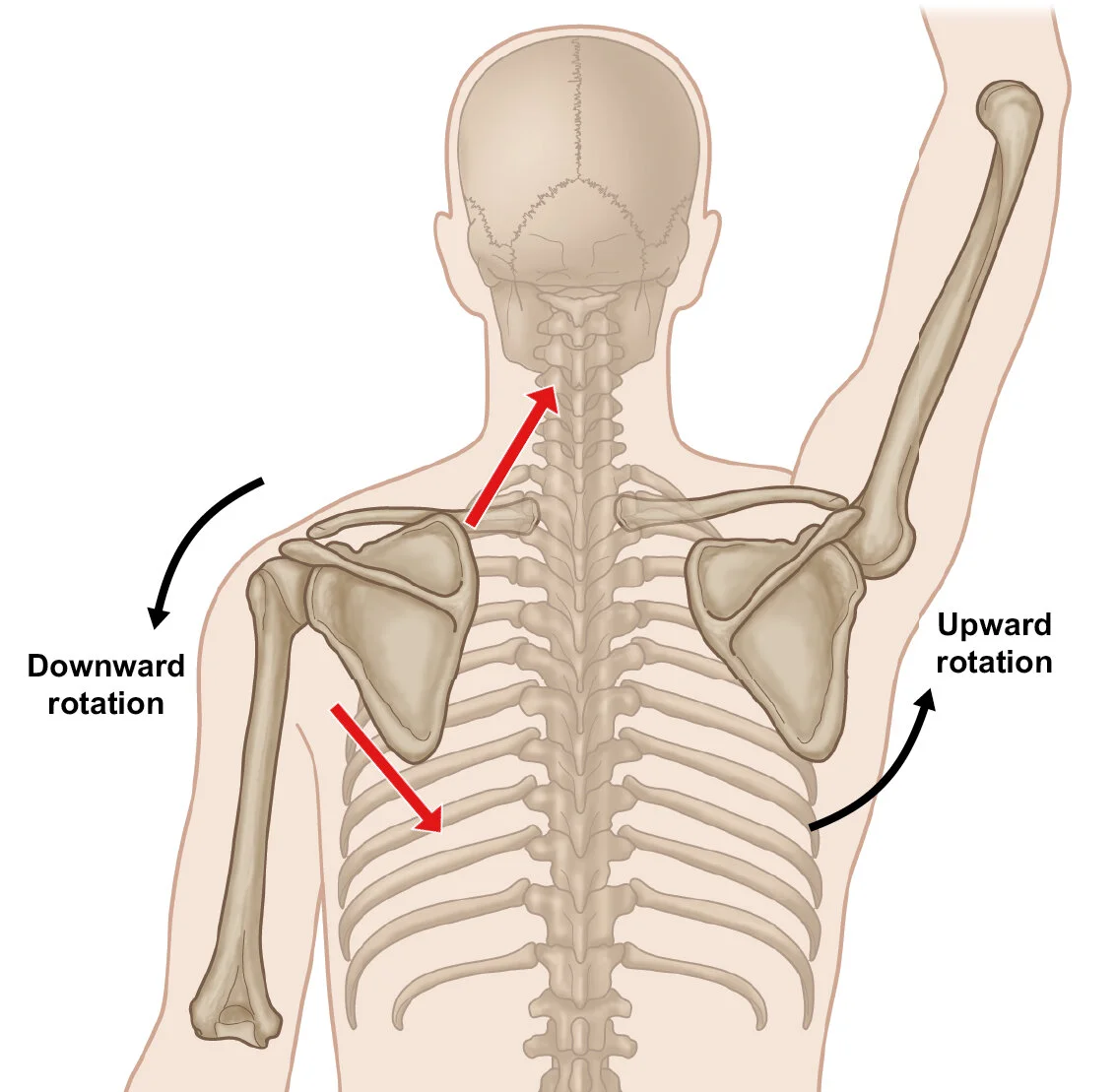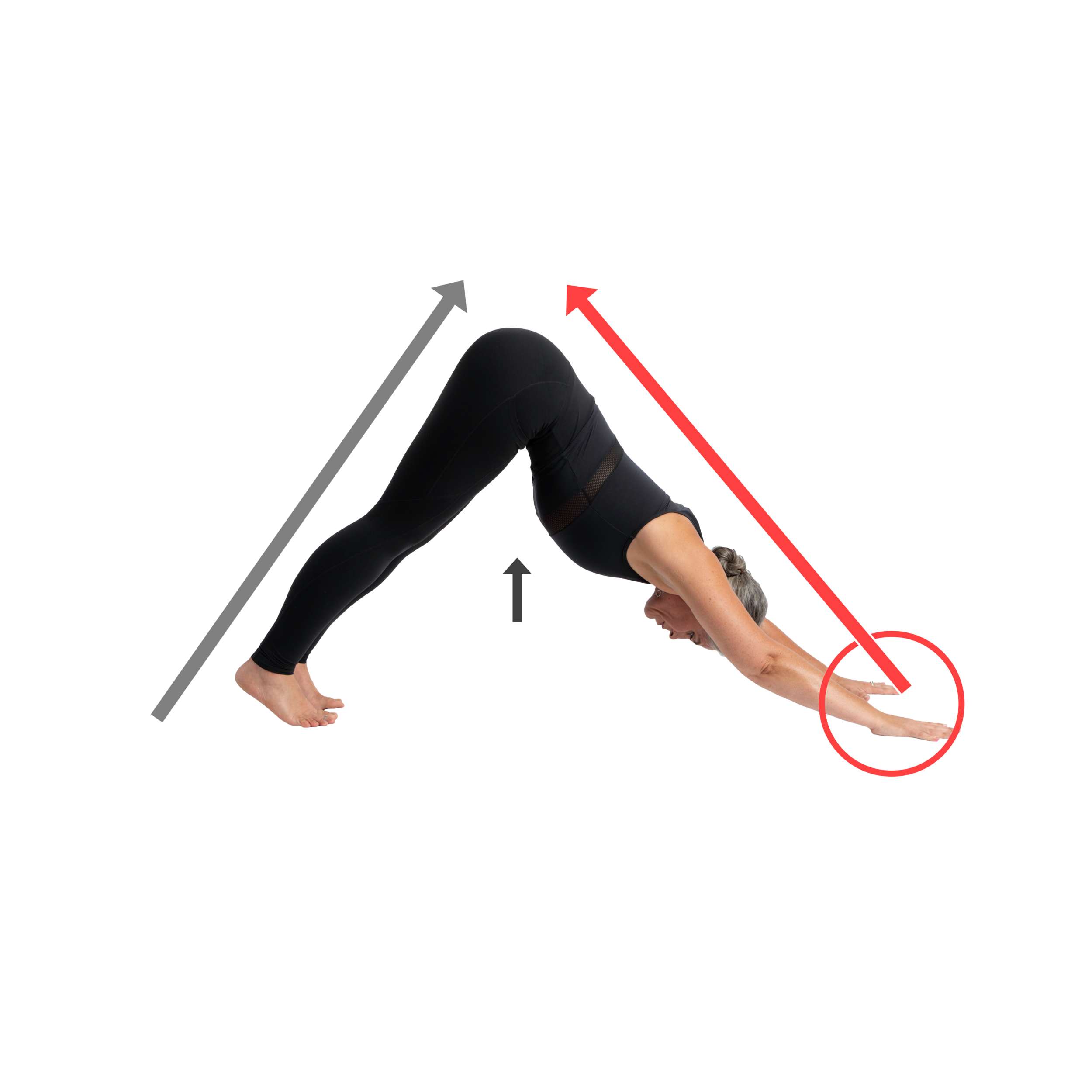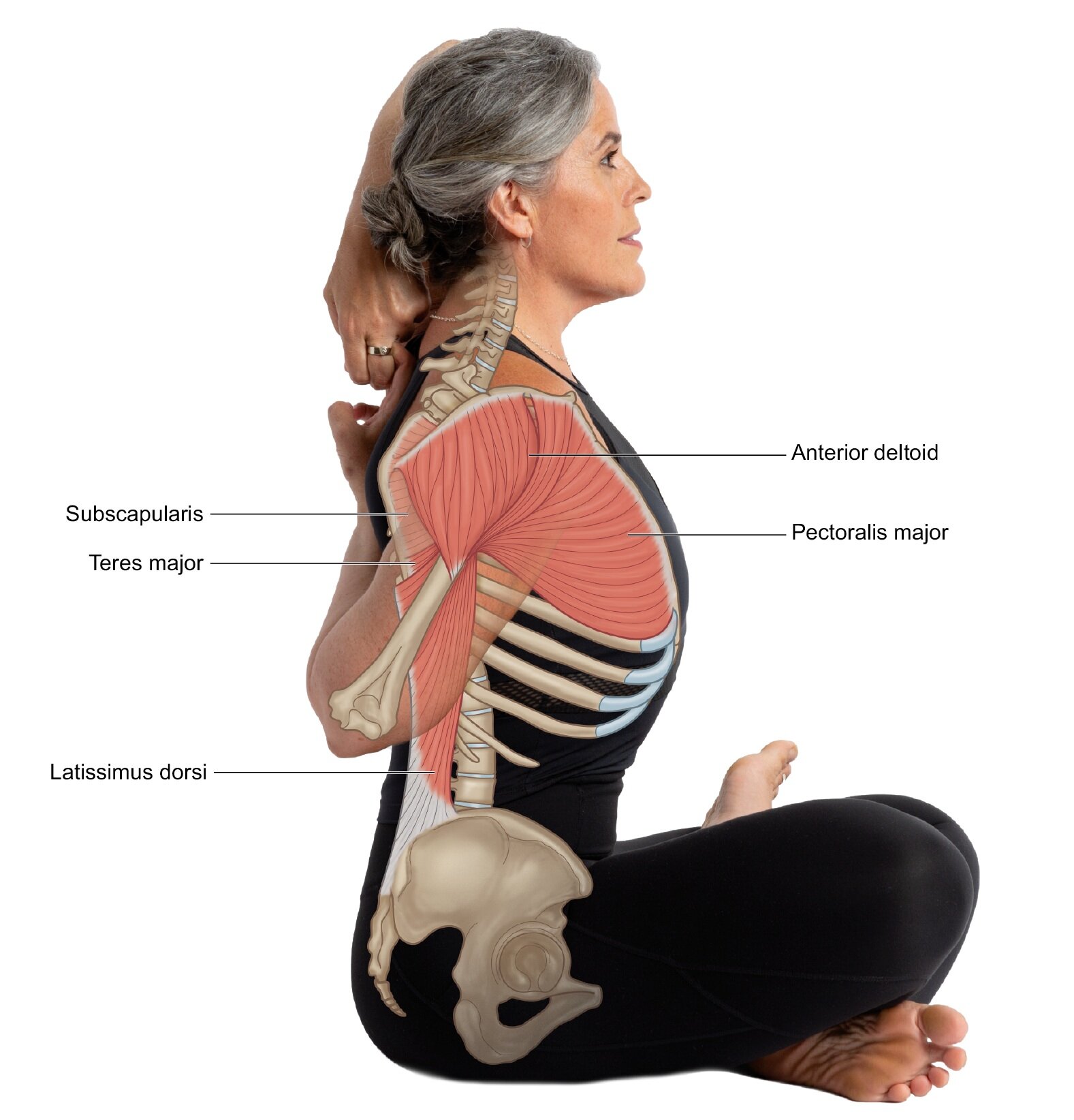There are a few circumstances that can cause chronically hyperactive hamstrings. Here, I will address the primary causes. Keep in mind imbalanced muscles don't exist in isolation. There are typically multiple areas of the body contributing to imbalance, even if it is only felt in one place.
Read MoreThe Levator scapula (LS) is a muscle whose primary job is to lift the shoulder blade. It also helps to downwardly rotate the scapula (shoulder blade). Downward rotation happens when the arm is lowered after being lifted. This muscle is often the culprit of shoulder and neck pain along with headaches. Get to know this muscle and its relationship to overhead arm actions, scapulohumeral rhythm, and the rotator cuff.
Read MoreWhen the scapula isn’t synchronizing with arm movements, the subacromial space is compromised. This is crucial, because of the most commonly injured rotator cuff muscle/ tendon living in this space. The supraspinatus tendon is almost always involved in chronic rotator cuff pain and weakness. The subacromial space sits under the roof of the acromion process. The acromion is also part of the scapula. Imagine moving your arm up and down for years without the scapula also moving in concert with it.
Read More




